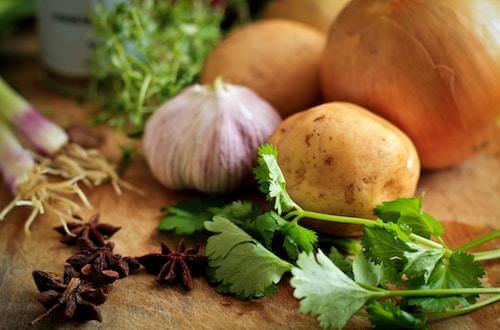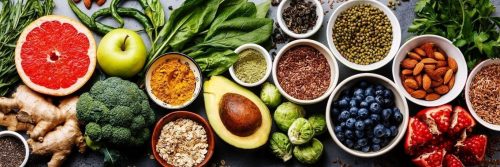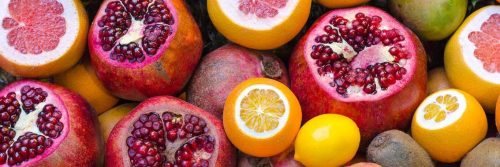We’d all love to feel lighter on our feet and more energised. There’s a basic approach to food we tend to ignore, and that is to eat more vegetables. It sounds simple, but according to an Australian Bureau of Statistics survey, only one in 20 of us eats the recommended daily amount of veggies—this ranges from 2.5 serves* for toddlers to 5 serves for an adult woman, and 6 serves for an adult male.
Professor Clare Collins, a spokesperson for the Dietitians Association of Australia, says, “Research shows that substituting vegetables and other low-kilojoule, nutrient-rich foods for those that are ‘energy dense’ helps fill you up without tipping the scales in the wrong direction.”
Australian farmers grow some of the best produce in the world, packed with vitamins and minerals to boost the wellbeing of every cell in your body. Here are seven ways to approach vegetable eating that will help you change your habits, increase your energy and even melt away some muffin top.
Step-by-step guide:
- Get a head start with veggies for breakfast; Try sauteed mushrooms on toast; eggs nested in wilted spinach; mashed avocado with slices of fresh tomato and slivers of onion; cooked tomato on toast sprinkled with feta cheese; or homemade baked beans (make a big casserole pot full and freeze it in breakfast-size batches to pile on toast).
- Serve a fresh vegetable salad BEFORE eating your main course at dinner three nights a week. The fibre and crunch of a fresh salad will help satisfy you. Consider how full you feel after your salad, and try reducing your main meal portions.
- Accompany a piece of fish or chicken with a warm salad of lightly steamed veggies (sugar snaps, green beans, twigs of broccoli, asparagus) and toss with dressing, then sprinkle with chopped black olives. Can dress with walnut oil and sprinkle with chopped nuts.

- At barbeques, swap some meat for vegetables brushed with olive oil and grilled: try slices of aubergine, zucchini sliced lengthways, corn on the cob and capsicum cheeks. Can sprinkle giant mushrooms with crushed garlic, a little salt, chopped parsley and olive oil and wrap in foil to smoke and steam beside your meat portions.
- At lunch or dinner, “Let vegetables fill at least half your plate,” suggests Professor Collins.
- When making salads, use freshly cooked or canned beans, chickpeas or lentils, but avoid heaviness by making the legumes a third or less of your salad mix.
- Eat vegetarian two days a week, trying new recipes or vegetarian dishes in restaurants.
* A serve of vegetables is half a cup of cooked vegetables or legumes; a cup of salad vegetables or half a medium potato.







